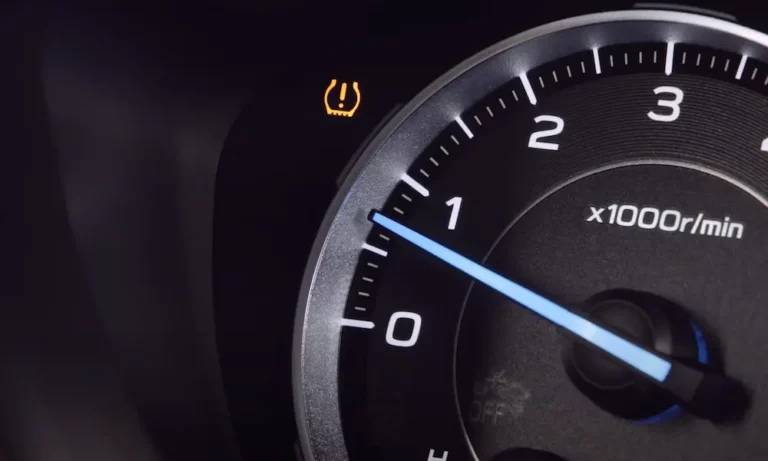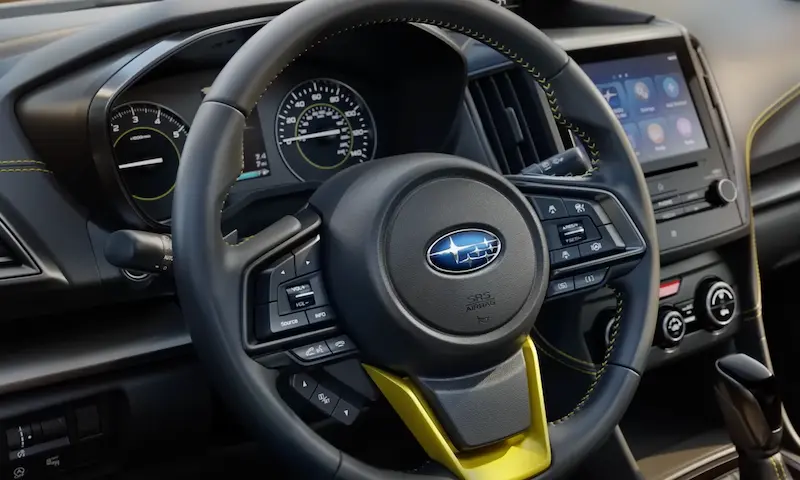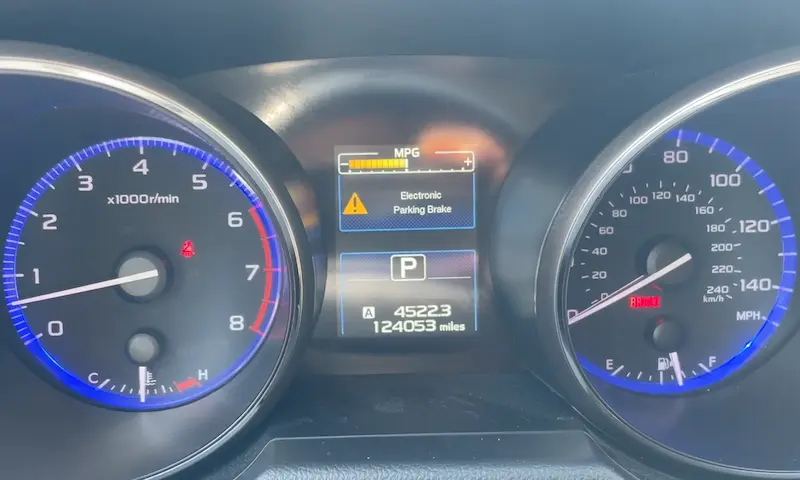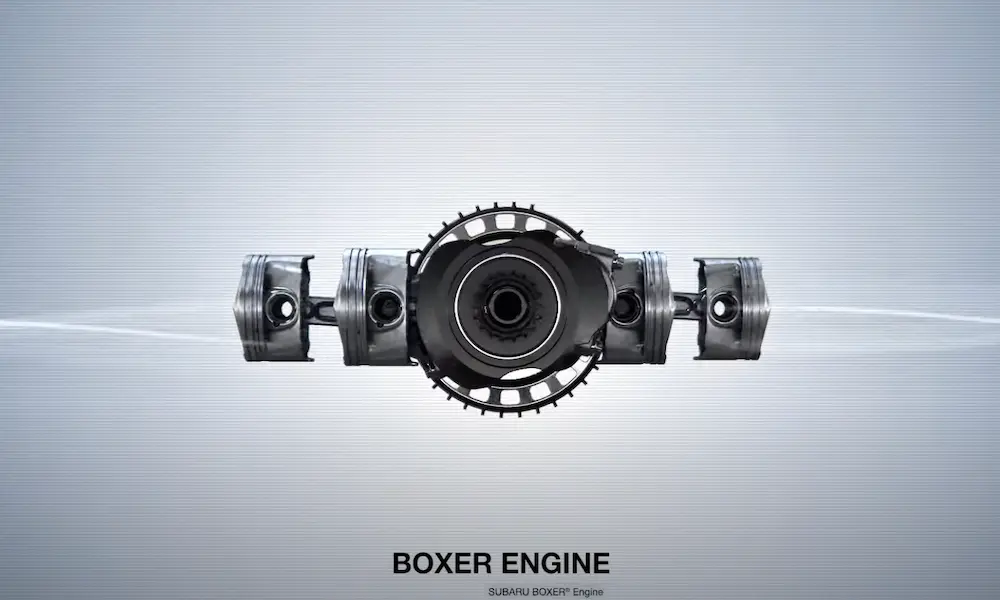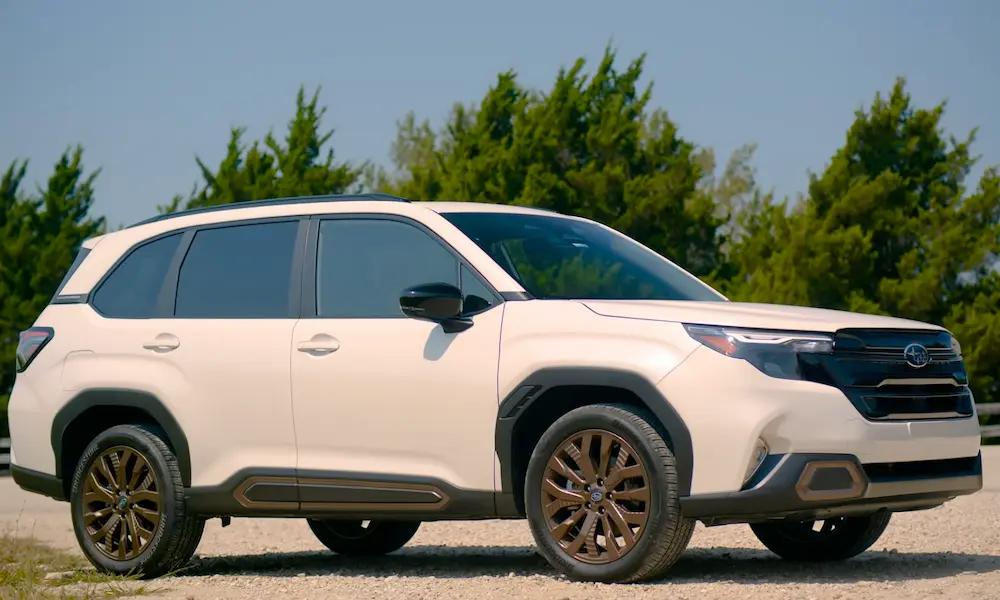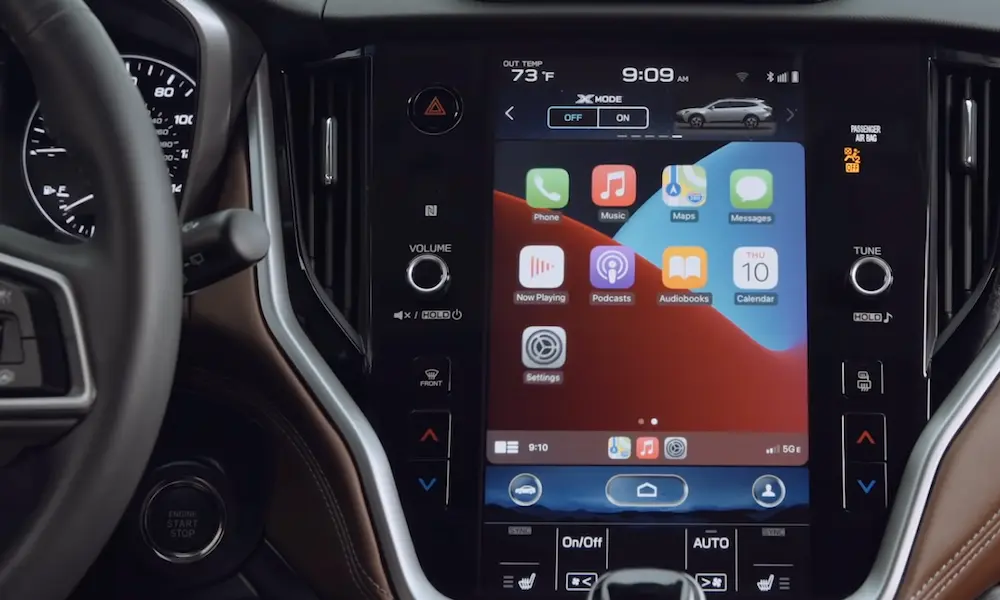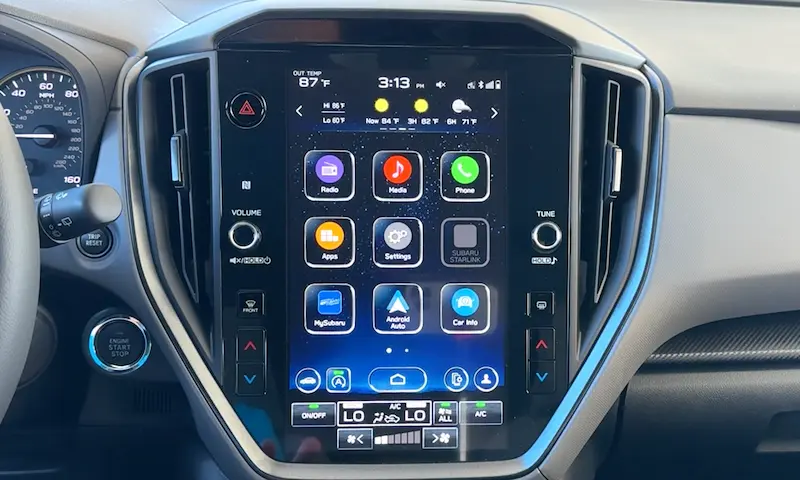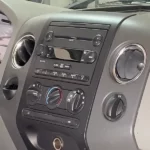Looking at that TPMS warning light on your Subaru’s dashboard? You’re probably wondering how to make it disappear after inflating your tires. The good news is that resetting your Subaru’s tire pressure sensor is often simpler than you might think. This guide covers everything you need to know to get that warning light turned off and ensure your TPMS system is working properly.
What is a Subaru TPMS System?
The Tire Pressure Monitoring System (TPMS) in your Subaru is a safety feature that continuously monitors air pressure in all four tires. When pressure drops significantly below recommended levels, the system triggers a warning light on your dashboard.
Every time you start your Subaru, you’ll notice the TPMS light briefly illuminates and then disappears—this is just a system check confirming everything’s working properly. The warning appears as a horseshoe-shaped symbol with an exclamation point inside.
How Subaru’s TPMS Works
Subaru vehicles use direct TPMS technology with physical sensors inside each tire. These sensors:
- Monitor tire pressure in real-time
- Transmit data to your vehicle’s computer
- Trigger warnings when pressure falls below safe levels
- Help prevent accidents caused by underinflated tires
The system is designed to alert you before tire pressure becomes dangerously low, which could lead to poor handling, reduced fuel economy, or even a blowout.
Signs Your TPMS Needs Resetting
You’ll know your Subaru’s TPMS needs attention when:
- The TPMS light stays on continuously after inflating tires
- The warning light flashes for about one minute when starting your car
- You’ve recently had tire maintenance (rotation, replacement)
- Seasonal temperature changes have affected tire pressure
A solid TPMS light typically indicates low pressure, while a flashing light often points to a system malfunction or sensor battery issue.
Checking Tire Pressure Before Reset
Before attempting any reset, make sure your tires actually have the correct pressure:
- Find the recommended pressure on the driver’s door jamb sticker (not the tire sidewall)
- Check pressure when tires are cold (haven’t been driven for at least 3 hours)
- Use a quality tire pressure gauge for accuracy
- Don’t forget to check your spare tire if equipped
Recommended Pressure Chart for Common Subaru Models
| Subaru Model | Front Tire PSI | Rear Tire PSI |
|---|---|---|
| Forester | 33 | 32 |
| Outback | 35 | 33 |
| Crosstrek | 33 | 32 |
| Impreza | 33 | 32 |
| Legacy | 35 | 33 |
| WRX | 33 | 32 |
*Note: Always verify with your specific vehicle’s door jamb sticker as recommendations may vary by year and trim level.
Method 1: The Drive-and-Reset Method
Unlike some other manufacturers, most Subaru models don’t have a dedicated TPMS reset button. Instead, they use a self-resetting system that updates after proper inflation and driving:
- Check and adjust all tires to the recommended pressure
- Drive your vehicle at speeds above 25 mph for 10-20 minutes
- The system will automatically recalibrate as you drive
- The warning light should turn off once the TPMS verifies proper pressure
This is the manufacturer-recommended method and works for most Subaru models including Forester, Outback, Crosstrek, and Impreza.
Method 2: Key Position Reset (For Models with Reset Button)
Some Subaru models may have a reset button located near the lower left of the steering wheel or on the instrument panel:
- Turn the ignition key to the “ON” position without starting the engine
- Find and hold down the TPMS reset button until the tire pressure light blinks three times
- Start the car and drive for about 20 minutes to complete recalibration
If you’re not sure whether your model has this button, check your owner’s manual for the exact location.
Method 3: Dynamic Drive Reset
If the standard methods aren’t working, try this approach:
- Make sure all tires are properly inflated
- Take your Subaru for a drive at highway speeds (around 50 mph or faster)
- Maintain this speed for approximately 10 minutes
- The increased speed helps trigger a complete sensor reset
- After your drive, turn off the engine and restart it
Many drivers report success with this method when the conventional approach doesn’t work.
Method 4: Pressure Variation Reset
This more involved method can help reset stubborn TPMS warnings:
- Inflate all tires 3 PSI above the recommended pressure
- Completely deflate all tires (including the spare if equipped with a sensor)
- Reinflate all tires to the exact recommended pressure
- Drive at least 10 minutes above 25 mph
This complete pressure cycle sometimes helps “wake up” sensors that have become unresponsive.
Method 5: Battery Disconnect Reset
As a last resort before seeking professional help:
- With the vehicle off, disconnect the positive battery cable
- Press and hold the horn button for 3-5 seconds to drain residual power
- Wait 15 minutes
- Reconnect the battery
- Start the engine and drive for 10-20 minutes
This method resets all electronic systems, including the TPMS, but should only be used if other methods fail.
Using Technology to Reset TPMS
OBD2 Scanner Method
For those comfortable with diagnostic tools:
- Connect an OBD2 scanner to your vehicle’s diagnostic port (usually under the dashboard)
- Navigate to the TPMS menu on the scanner
- Select the reset or relearn option
- Follow the scanner’s instructions to complete the reset
Not all OBD2 scanners have TPMS reset capability, so ensure yours has this feature before attempting this method.
Troubleshooting Persistent TPMS Warnings
If your TPMS light remains on after trying these methods, consider these potential issues:
Physical Tire Problems
- Check for slow leaks or punctures
- Inspect valve stems for damage
- Look for visible damage to tire sidewalls
- Verify the valve stem caps are properly secured
Sensor Issues
- Sensor batteries typically last 5-10 years and can’t be replaced separately
- Sensors may have been damaged during tire mounting
- Corrosion can interfere with sensor signals
- Recent tire rotation might have confused the system about which sensor is where
System Malfunctions
- The TPMS control module itself might be faulty
- Extreme temperature changes can temporarily affect sensor readings
- Interference from other electronic devices
TPMS Reset After Tire Rotation or Replacement
After rotating or replacing your Subaru’s tires, the TPMS system often needs time to relearn which sensor is in which position:
- Ensure all tires are properly inflated
- Drive the vehicle above 25 mph for at least 10-20 minutes
- Allow the system to automatically recalibrate sensor locations
- If the warning persists after 20 minutes of driving, try the battery disconnect method
Professional TPMS Reset Tools
Professional mechanics use specialized equipment for TPMS service:
- The Subaru Select Monitor diagnostic system
- TPMS activation tools that can communicate with sensors
- Sensor programming equipment for replacing failed sensors
- Relearn tools that can register new sensor IDs to the vehicle
Some Subaru models (particularly 2005-2013 Legacy and Outback) require these special tools for complete TPMS relearning procedures.
The Importance of Working TPMS
Maintaining a functional TPMS system is more than just avoiding an annoying dashboard light:
- Properly inflated tires improve fuel efficiency by up to 3%
- Correct tire pressure extends tire life by reducing uneven wear
- Optimal pressure improves handling and braking performance
- The National Highway Traffic Safety Administration requires TPMS systems on all vehicles manufactured after 2007
A functioning TPMS helps you avoid the dangers of underinflated tires, which can lead to blowouts and accidents.
Seasonal Tire Pressure Changes
Be aware that tire pressure naturally drops about 1 PSI for every 10°F decrease in temperature. This means:
| Season | Effect on Tire Pressure | TPMS Light Risk |
|---|---|---|
| Fall to Winter | Pressure decreases | High |
| Winter to Spring | Pressure increases | Low |
| Spring to Summer | Pressure increases | Low |
| Summer to Fall | Pressure decreases | Medium |
During fall and winter transitions, you’re more likely to see your TPMS light activate. Regular pressure checks during these seasons can help prevent warning lights.
Maintaining Your TPMS System
To keep your Subaru’s TPMS working properly:
- Check tire pressure monthly, even if the warning light isn’t on
- Always use valve stem caps to protect sensor components
- When replacing tires, use a reputable shop familiar with TPMS service
- Consider replacing all TPMS sensors when they reach 7-10 years old
- Have sensors checked during regular maintenance intervals
Taking these preventative steps can help you avoid frustrating TPMS warnings and extend the life of your sensors.
Modern Subaru TPMS Features
Newer Subaru models have enhanced TPMS capabilities:
- Individual tire pressure readings displayed on the multi-information display
- More sensitive sensors that detect smaller pressure changes
- Better integration with other vehicle safety systems
- Improved battery life in sensors
These advancements make the system more reliable but follow the same basic reset procedures outlined above.
Most Subaru drivers find that simply inflating their tires properly and driving for 10-20 minutes resolves their TPMS warnings. If you’ve tried multiple reset methods without success, it’s time to consult a Subaru service center, as you may have a faulty sensor or control module that needs replacement.

